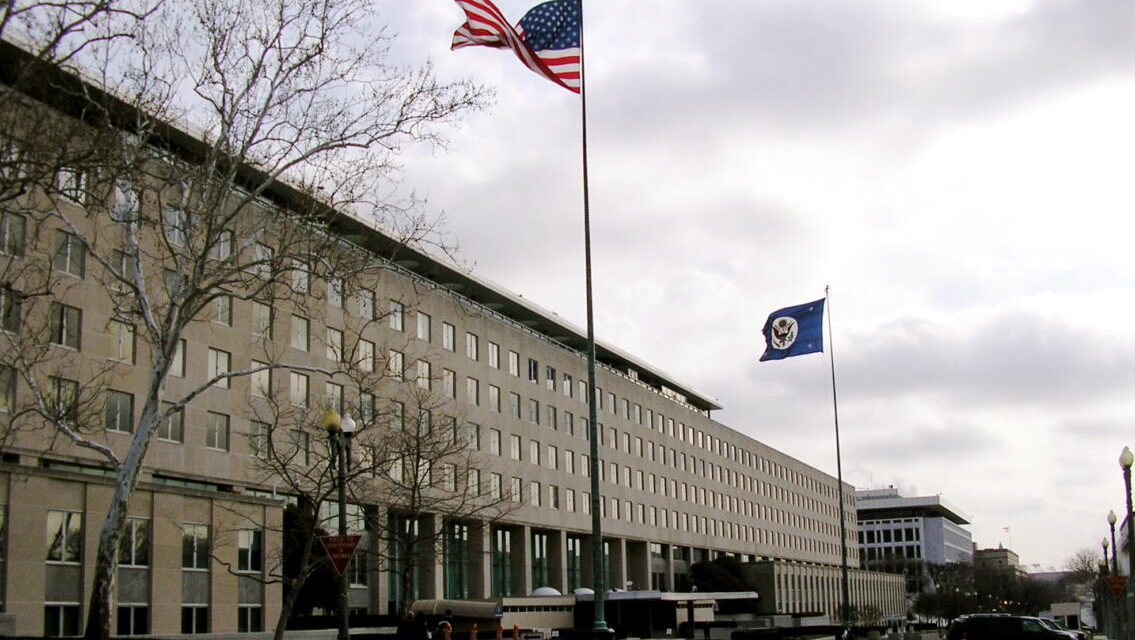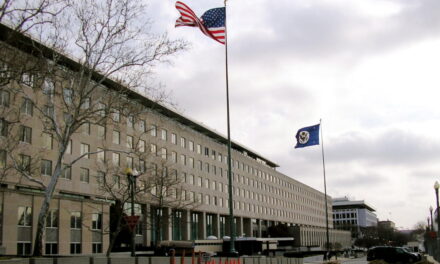The Lies Of Anne Barnard | MofA |
Anne Barnard is the New York Times’s Beirut bureau chief covering Syria, Lebanon and other parts of the Middle East region. Like her Washington Post’s colleague Liz Sly she reports along the established Washington propaganda lines emphasizing Arab sectarianism and “U.S. does good” claims.
Here she writes on the killing of at least 52 civilians in the bombing of Bir Mahli, in Aleppo Province by a U.S. led “coalition” air attack. The last sentence of her short report reads:
The Observatory said that members of at least six families were killed,
along with some Islamic State fighters, and that 13 were missing.Now compare that with the AFP report on the issue:
“Not a single IS fighter” was killed in the strikes on Birmahle, said Abdel Rahman,
adding that the village is inhabited by civilians only with no IS presence.The Associated Press report of the incident:
… the Observatory director Rami Abdurrahman said the strikes hit only civilians in their homes
in Bir Mhali, a mixed Kurdish and Arab village, killing 52, including seven children and nine women.How can Barnard claim the Observatory said the civilians were killed “along with some Islamic State fighters” when the Observatory, according to AFP and AP, said the opposite?
What Barnard wrote is not some fudging or misunderstanding. It is a clear lie.
That lie lets her readers believe that the murdered families were “collateral damage” of a well intended, legitimate strike. But that is clearly not the case. No IS fighters were killed and none were even nearby. The killing of these civilians may even have been intended from nefarious reasons.
McClatchy, with its own reporting and a historically much better record than the NYT, finds no IS fighters killed but suggests that the airstrikes and killing was part of an ethnic cleansing campaign by Kurds, supported by the U.S. “coalition”, against the Arab population in the area
- ○ Saudi led coalition air strikes hit Hudaydah factory killing 35 in Yemen
○ Hollande back in power, meets King Salman and will attend GCC Summit – Assad must go
Tom Engelhardt, Counting Bodies, Then and Now
Continued below the fold …
Tom Engelhardt, Counting Bodies, Then and Now
In the twenty-first-century world of drone warfare, one question with two aspects reigns supreme: Who counts? In Washington, the answers are the same: We don’t count and they don’t count.
The Obama administration has adamantly refused to count. Not a body. In fact, for a long time, American officials associated with Washington’s drone assassination campaigns and “signature strikes” in the backlands of Pakistan, Afghanistan, and Yemen claimed that there were no bodies to count, that the CIA’s drones were so carefully handled and so “precise” that they never produced an unmeant corpse — not a child, not a parent, not a wedding party. Nada.
When it came to “collateral damage,” there was no need to count because there was nothing to tote up or, at worst, such civilian casualties were “in the single digits.”
That era ended on April 23rd when President Obama entered the White House briefing room and apologized for the deaths of American aid worker Warren Weinstein and Italian aid worker Giovanni Lo Porto, two Western hostages of al-Qaeda. They had, the president confessed, been obliterated in a strike against a terrorist compound in Pakistan, though in his comments he managed not to mention the word “drone,” describing what happened vaguely as a “U.S. counterterrorism operation.” In other words, it turned out that the administration was capable of counting — at least to two.
Vietnam War had proved, counting was for losers
It [Body count] reappeared relatively early in the Vietnam War years as American officials began searching for “metrics” that would somehow express victory in a country where taking territory in the traditional fashion meant little. As time went on, the brutality of that war increased, and the promised “light at the end of the tunnel” glowed ever more dimly, the metrics of victory only grew, and the pressure to produce that body count, which could be announced daily by U.S. press spokesmen to increasingly dubious journalists in Saigon did, too. Soon enough, those reporters began referring to the daily announcements of those figures as the “Five O’Clock Follies.”
On the ground, the pressure within the military to produce impressive body counts for those “Follies” resulted in what GIs called the ‘Mere Gook Rule.’ (“If it’s dead and it’s Vietnamese, it’s VC“) And soon enough anything counted as a body. As William Calley, Jr., of My Lai Massacre fame [infamy – Oui], testified, “At that time, everything went into a body count — VC, buffalo, pigs, cows. Something we did, you put it on your body count, sir… As long as it was high, that was all they wanted.”
When, however, victory proved illusory, that body count came to appear to ever more Americans on the home front like grim slaughter and a metric from hell. As a sign of success, increasingly detached from reality yet producing reality, it became a death-dealing Catch-22.
1965 – U.S. military build-up in South Vietnam, “at last there is light at the end of the tunnel” 3 years on 1968 – TET offensive




